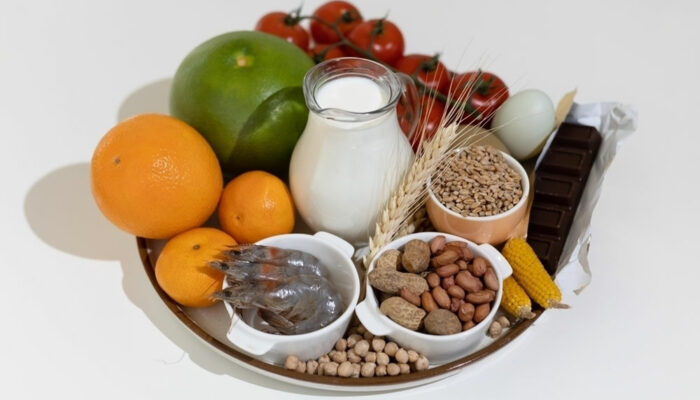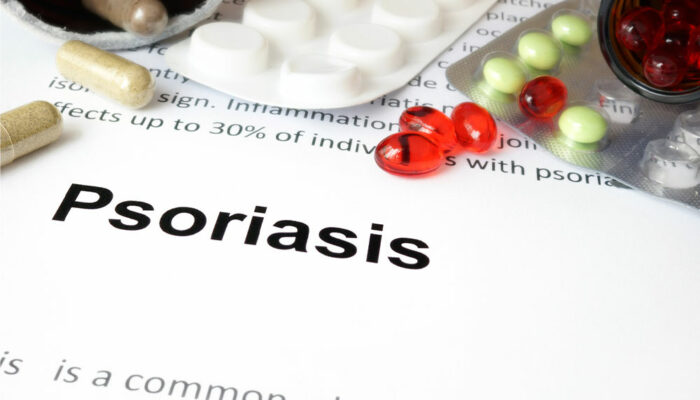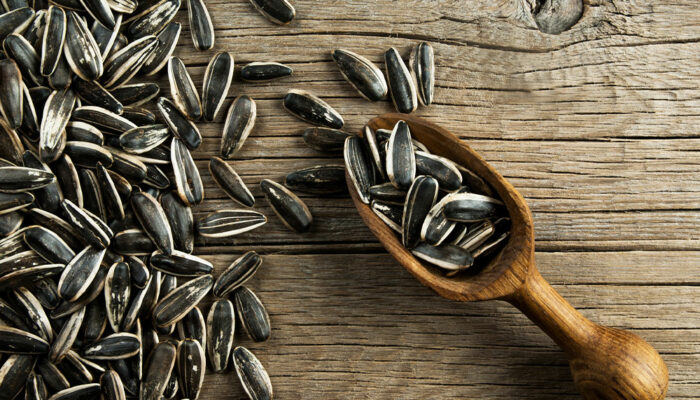
health
4 smoothies to keep common cold and flu at bay
Smoothies are so much more than just refreshment drinks, with their long list of health benefits almost always overlooked. One can concoct delicious smoothies for uses as varied as keeping the immune system healthy or strengthening one’s bones. In the cold and flu season, certain smoothies can help prevent the onset if consumed regularly. And the best part? The smoothies listed here are incredibly easy to make with daily groceries. Green tea and pineapple smoothie The first anti-flu smoothie combines an unlikely pair of green tea and pineapple to optimize the consumer’s health during the winter when most people are down with a cold or fever. To make this, one has to blend two cups of freshly-cut peeled pineapple slices, a tablespoon of honey, a cup of crushed ice, a cup of green tea made using loose leaves, and a finely chopped half ginger. One can serve this smoothie after decorating it with several different garnish combinations. Cold buster green smoothie As its name suggests, this smoothie contains loads of leafy green vegetables. To make this drink, one needs to blend 2 cups of spinach, three baby carrots, a banana, half an orange after peeling it, a cup of orange juice, half an apple slice, half a cup of ice, and half a cup of frozen pineapple.
Read More 








